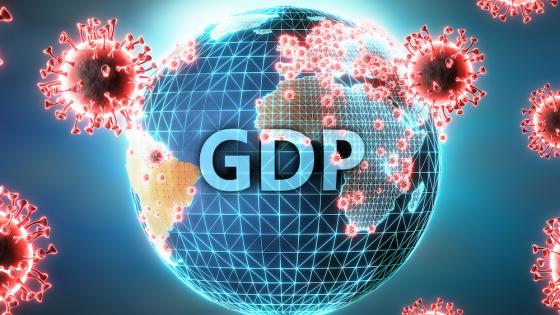5. Economic Consequences
Damage to infrastructure due to climate change can significantly strain both local and national economies, leading to increased costs and disruptions across various industries. As extreme weather events become more frequent and severe, critical infrastructure such as roads, bridges, and utilities are at greater risk of damage, requiring substantial investment for repairs and upgrades. Rising insurance costs reflect these heightened risks, burdening businesses and homeowners alike, particularly in vulnerable regions. Industries like agriculture, tourism, and fisheries are particularly affected, as unpredictable weather patterns and environmental degradation impact crop yields, visitor numbers, and fish populations. This economic strain can result in job losses, reduced income for communities, and diminished economic resilience, underscoring the need for robust climate adaptation strategies to safeguard both infrastructure and livelihoods.
Next->




